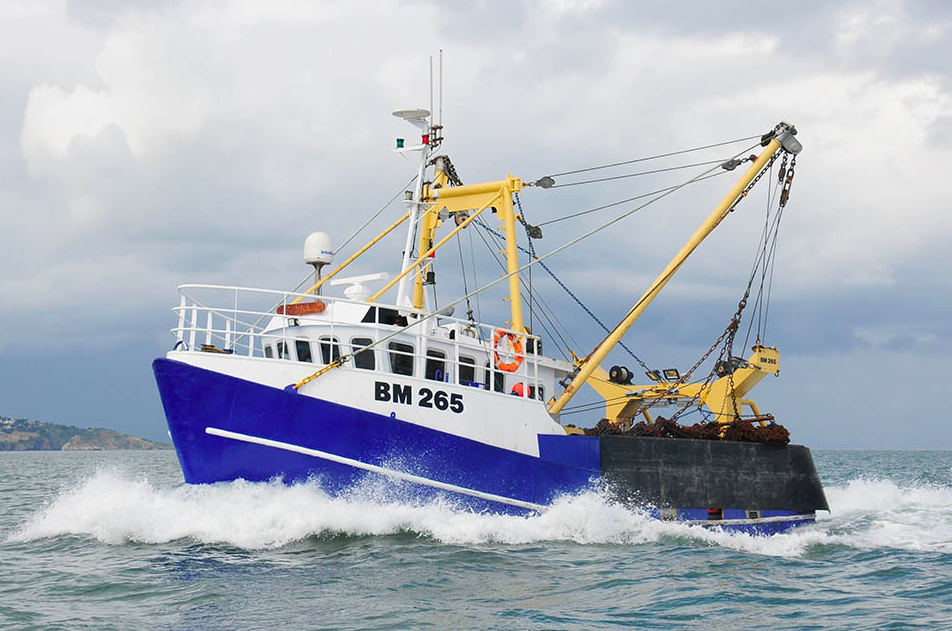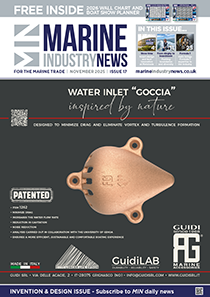Modification of vessel led to death of two men, and £100K fine

A fishing company operating vessels from Brixham has been ordered to pay more than £100,000 after a highly modified vessel capsized, causing the deaths of two people onboard. Joanna C had a major refit in 2019, including the addition of a whaleback, extension of the wheelhouse and raised bulwarks being fitted. That fatal incident happened in 2020 when the vessel’s gear snagged on the seabed. Its lack of stability meant it could not recover, causing the boat to sink rapidly.
Out of the three crew members, only one survived.
“This is a tragic reminder that modifications to vessels should be planned and their effects on the vessel’s stability properly investigated using appropriate professionals,” says Mark Cam, senior investigator with the Maritime and Coastguard Agency’s (MCA) regulatory compliance investigations team.
“Companies are responsible for providing a safe place of work for their employees wherever that may be. The court has found that Laura D Fishing Ltd [the operating company] did not take all reasonable steps to operate the Joanna C in a safe manner and this led to the [two] deaths.”
West Hampshire Magistrates Court was told that extensive changes made to the boat, not approved by MCA, made it significantly non-compliant with the minimum standards of stability. The vessel continued commercial operations however, without considering the impact and risks of the modifications.
Laura D Fishing was fined £36,000, and ordered to pay £69,284 in costs and a £190 surcharge.
Vessel owners must ensure their vessels meet the required safety standards despite changes made, to avoid incidents like this happening, says MCA. And vessel modifications should only be carried out following consultation with and approval of the MCA, as outlined in Marine Shipping Notice (MSN) 1871 Amendment 1.
Laura D Fishing pleaded guilty to failing to take all reasonable steps to ensure that a vessel was operated in a safe manner, under Section 100(1) and100(3) of the Merchant Shipping Act 1995.
The Marine Accident Investigation Branch published its report into the incident in 2020. That said that Joanna C’s crew was hauling the gear when they noticed that the starboard dredge bar had become snagged on a line of whelk pots. The snag caused a heel to starboard from which the vessel could not recover, and it capsized rapidly.
MAIB’s investigation found that through-life modifications, culminating in extensive alterations in 2019, had reduced Joanna C’s previously good stability to a state where it had very low reserves of positive stability and increased vulnerability to capsize. Although a stability assessment had begun after the 2019 modifications, the analysis was never completed, and the vessel was free to continue operation.
During the capsize Joanna C’s mate was thrown into the water and the skipper later managed to escape as the inverted vessel sank; however, the deckhand remained trapped inside. The vessel’s liferaft did not inflate during the accident because the uninflated liferaft had insufficient buoyancy to initiate the inflation mechanism. The absence of a liferaft adversely affected the survivability of the crew in the sea after the vessel sank.
During the investigation a safety recommendation (2021/116) was made to the British Standards Institution to propose the introduction of a minimum buoyancy requirement for liferafts certified by the International Organization for Standardization. The International Organization for Standardization’s technical committee subsequently agreed to include a buoyancy requirement in its revised liferaft standard.
“I want to highlight the findings of our investigation regarding Joanna C’s liferaft,” chief inspector of marine accidents, Andrew Moll, said at the time.

“This issue reaches beyond the fishing industry to any vessel carrying a ‘non-SOLAS’ liferaft. Lifesaving appliances are just that – for saving life, so it is vital that such equipment will function correctly in the event of an emergency. Unfortunately, Joanna C’s ‘float-free’ liferaft arrangements did not work as expected.
“Although the liferaft was released from its cradle as the vessel sank, it did not come to the surface and inflate. This significantly impacted the chances of survival for the two crew in the water, only one of whom survived. MAIB’s investigation found that the uninflated liferaft had insufficient buoyancy to trigger the gas inflation system, leaving it suspended mid-water still attached to the sunken vessel. Furthermore, the liferaft had not been manufactured to meet any specific standard, although this was acceptable for a small fishing vessel at the time.”












